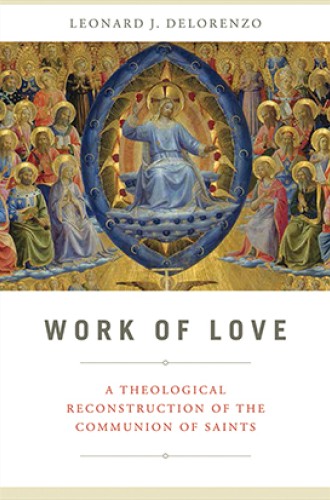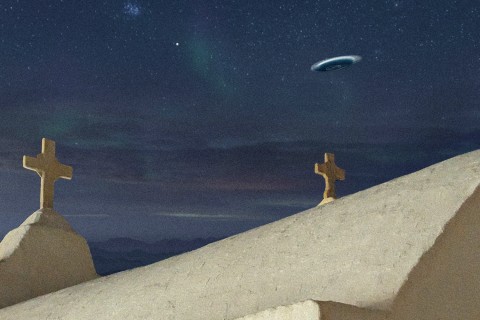Where are the dead?
Leonard DeLorenzo helps us envision where our loved ones have gone and how we relate to them.
This book is a difficult technical exposition of a doctrine that almost all Christians pay lip service to—it’s right there in the Apostles’ Creed—but that few of us think about. For Protestant readers, Work of Love is also a chance to experience the doctrine of the communion of saints in its Catholic fullness, to see how the veneration of one’s forebears in the faith might attest to and not distract from a robust belief in Christ’s Godhood.
Most of all, though, the book is a work of love because it teaches us how to think about our own dead—that ever-lengthening mental list of people who, in their friendship or antagonism or both, give us bits of ourselves, then leave. Like most moderns I have no idea what to do with my dead, or how to picture or conceive of them. Are they in heaven? Are they asleep, like the souls in George MacDonald’s Lilith? Are they scrambled like eggs, awaiting a Great Unscrambling? Or are they perhaps just dead?
According to DeLorenzo, my confusion can be traced to medieval changes in mourning and burial practices. Early Christians approached death as “a natural yet important part of life, which did not introduce . . . a rupture between the sick and the healthy, the individual and the society, or the dead and the living.” In any given ancient household, where life and death might be no more than a room away from each other, imagining the dead as part of one’s community wasn’t much of a stretch. DeLorenzo follows Philippe Ariès’s The Hour of Our Death closely here, and he offers close readings of Rilke and Heidegger to characterize the “individualizing, deafeningly silent thrust” of modern attitudes toward death.






